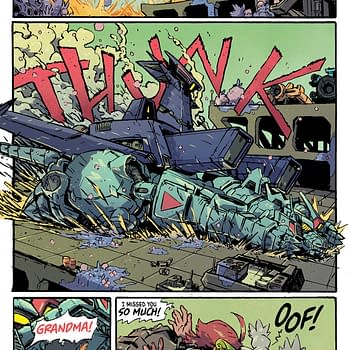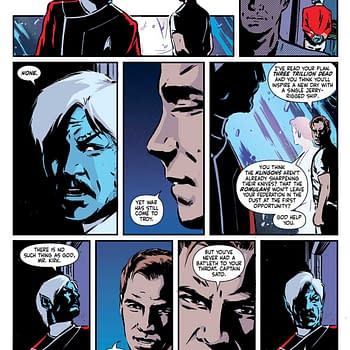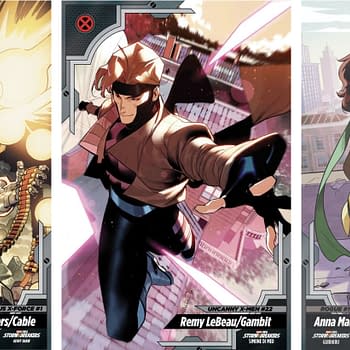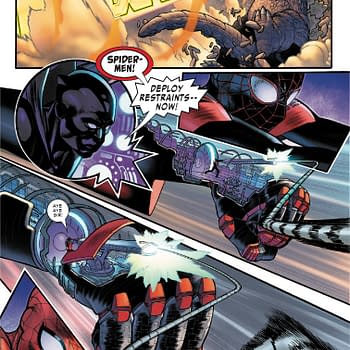Posted in: Comics, san diego comic con | Tagged: comic con, Comics, entertainment, san diego, san diego comic con, sdcc, sdcc '16, sdcc16, Teaching with Comics: An Interactive Workshop for Educators
San Diego Comic-Con To Expand, Talk To Librarians And Educators
Marilyn Weiss writes
"If you could have any superpower what you it be?" This was the question asked of a room full of teachers, educators and librarians at the Teaching with Comics: An Interactive Workshop for Educators panel at the San Diego Central Public Library, the first panel of SDCC this year.
The panel was opened by the Eddie Ibrahim, Director of Programming at Comic-Con International, and his message was clear: Comic Con is expanding and looking to engage with librarians and educators. The focus of panels like this one is on the educational value of comics and how they can be brought into the community.
The attendees of this panel were different than many others. Most of them were not actually attending the convention, but instead made their way into town for the educational events like this one.
The panel was comprised of experienced educators, all preaching the value of comics and solidifying the mediums place in the classroom. Peter Carlson, Antero Garcia, Susan Kirtley, Samantha Diego, James Kelley and Jenn Anya Prosser all offered up a variety of educational tools and strategies for classroom use.
The word of that kept coming up throughout the workshop was "interdisciplinary" in reference to the unique nature of the comics medium. While many may brush comics off as an easy read or juvenile, these educators understand that comics can serve as a unique teaching tool, combining the complexity of a written story with the understanding of visual literacy.
Carlson and Garcia presented some easy ways to not only integrate comics into the classroom, but combine various subject matter. They suggested using characters from the X-Men to teach a genetics lesson called "Superbabies" focusing on dominant and recessive traits. Students would use a Punnett square to determine the probability that a mutants fictional offspring would have various powers. It's a simple way to include comics in the classroom without them being the main focus. Using students favorite heroes in their science lessons can help engage students and give them a sense of ownership over their assignments.
My favorite activity of the workshop was presented by Kirtley. The activity goes as follows
1) Choose your favorite novel
2) Summarize the novel in a single sentence
3) Draw the novel in a 4 panel comic
4) Draw the novel in a single panel
Turns out that the single panel comic was much easier to draw than the four panel comic, but maybe that was just me. She also presented an activity titled "Tell Me a Story" where students write down three historical events that they have witness and draw an image that they feel represents that event.
Comics can also be a great choice for literary analysis. The example provided by Prosser was the analysis of a page from Ed Brubacker's Captain America. Students would not only have to analyze the words on the page, but the art as well.
It was encouraging the see so many educators embracing the educational potential of comics. I often hear teachers and parents dismissing a child's love of comics and graphic novels as them trying to take the easy way out or not actually reading.
The workshop was incredibly informative, and I got a lot of excellent activity ideas for my comic club meetings. In recent years it has seemed as though schools and libraries have shifted their views on comics and become more accepting of them. I am happy to see Comic-Con taking advantage of this rise in interest and bringing the two together.
Marilyn Weiss is a contributor for Bleeding Cool and loves her job as a children's librarian. You can find hero on twitter @marilynjweiss













